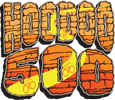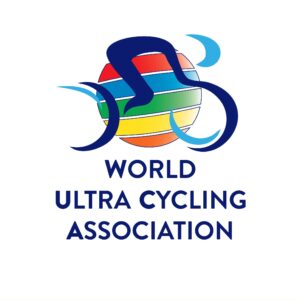If 500 miles feels a bit daunting, the Hoodoo 300 is a great option!
Our 300-mile race is the World Ultra Cycling Association North American Ultra Distance Championship event.
Easy Logistics: The route is a perfect loop, starting/ending in beautiful St. George, Utah. Same logistics, covers the same route (but not ALL of it, obviously), same super-friendly relay team rules as the Hoodoo 500. Your ride. Your strategy.
Race Headquarters, Best Western Abbey Inn, is a nice, clean, roomy, modern and very reasonably priced hotel. Racer check in, race meeting, start/finish line, and after party/banquet are all in one central location.
St. George is about ninety minutes from Las Vegas, four hours from Salt Lake City and only a five to six hour drive from most of southern California. You can fly directly to St. George or take an inexpensive shuttle from Las Vegas. Rental vehicles are readily available in either location.
The Route: Not a single inch of the route is repeated. The scenery is amazing. Other than the very short stretches of road getting in and out of St. George and Cedar City, traffic on most of the route is virtually non-existent. There are only a handful of traffic lights and stop signs, and zero urban blight.
Road conditions are stellar! Utah takes wonderful care of their roads and highways. Generally speaking, the pavement is smooth, without potholes or expansion gaps or long stretches of rough road where cracks have been filled in but remain bumpy and uneven. The roads are virtually litter and glass free!
Team Race Format: Relay teams choose their own strategies. There are few restrictions on when or how often racers may exchange. A team may have one or both riders on the course at the same time, in a paceline.

